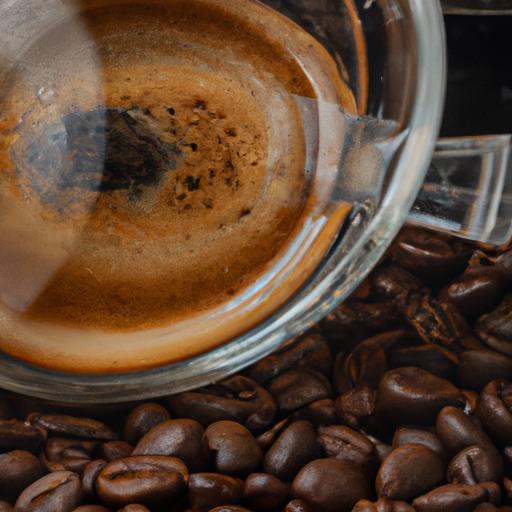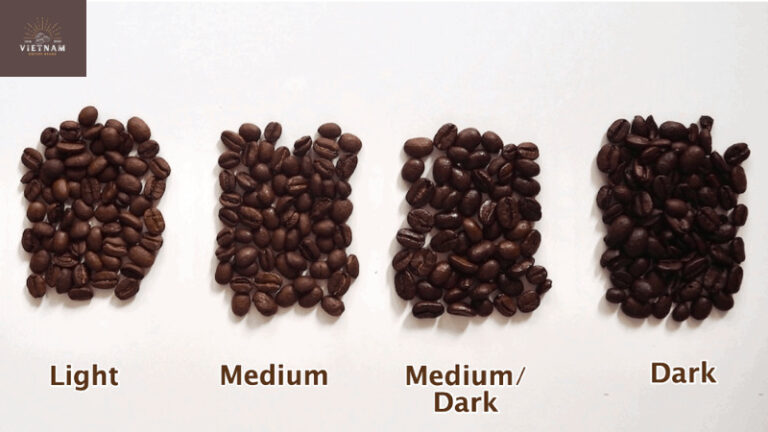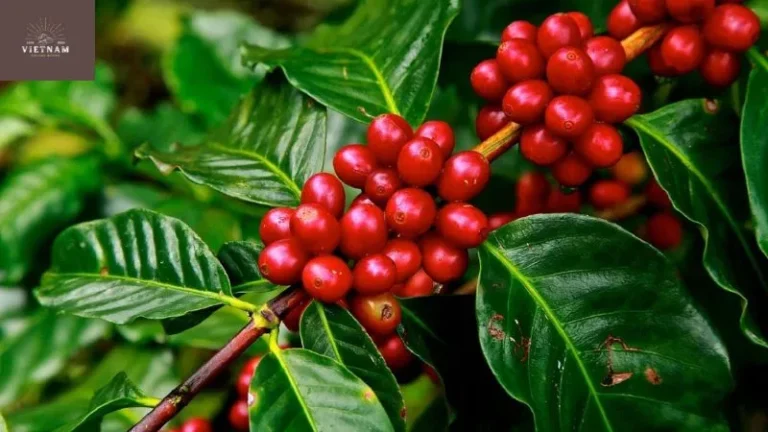As a coffee master with over a decade of experience behind the roasting machine, I’m often asked how to achieve the perfect cup of coffee by roasting green beans. The truth is, there’s no one right way – Coffee Beans For Roasting is an art. But there are some key principles to follow.
In this guide, I’ll walk you through the entire roasting process from start to finish using different roast levels, so you can learn to craft coffee with the exact flavor, color, and caffeine level you want. From light roast to dark, I’ll explain how factors like time, temperature, and bean origin impact your brew’s taste and quality.
You’ll also learn how to choose the right roasting machine and roast coffee like a pro. So let’s dive in with vietnamcoffeebeans and master the craft of coffee roasting!
Key Takeaways
- Choosing quality green beans is crucial for flavorful roasted coffee. Go for single-origin beans from reputable regions.
- Invest in a decent small roaster for home use. It allows control over time and temperature.
- Coffee roasting happens in four stages: drying, browning, development, and finishing. Light roasts take less time.
- Roasts range from light (high acidity) to dark (low acidity). Cup different levels to find your preference.
- Learn to cup coffee to evaluate quality based on aroma, flavor, body, acidity and more.
- Control time carefully to avoid under-roasting or burning the beans. Use sight and smell as guides.
Choosing the Right Coffee Beans For Roasting
The first step is selecting high-quality green coffee beans. The origin, processing method, and varietal will all influence the flavors and aromas formed during roasting. For beginners, I recommend starting with beans from Central America, which are easy to work with. Colombian and Guatemalan beans produce a smooth, balanced cup.
Once you gain experience, try beans from Africa like Ethiopian and Kenyan which have more fruit and floral notes. Or Indonesian beans that develop rich, earth tones. The possibilities are endless!

Setting Up the Roaster
Home coffee roasting can be done with everything from a simple skillet to more advanced roasting machines. For beginners, I suggest a small drum roaster which gives you decent control over the process. Brands like FreshRoast and Behmor offer quality entry-level models.
Commercial roasters use large, industrial machines that can precisely modulate temperature and roast time. But for home use, a basic model is perfect to start.
The Stages of Roasting Coffee
The actual roasting coffee beans process transforms tough, grassy green coffee beans into fragrant, flavorful roasted coffee. It unlocks over 800 chemical compounds!
It happens in 4 main stages:
- Drying (180-200°C): Moisture evaporates from the beans which turn a light yellow.
- Browning (200-220°C): Sugars start caramelizing and the beans take on a light brown color.
- Development (220-240°C): Reactions produce the coffee’s acids, oils and aroma. The color deepens to medium brown.
- Finish (240+°C): Final caramelization occurs and beans reach their target dark brown roast level.
The total time varies with the roast level, machine, and batch size. Light roasting coffee beans take 8-10 minutes while dark roasts need 12-15 minutes. Keep a close eye on the color!

Different Roast Levels
Here’s a quick coffee roast-level guide with timings and descriptions:
- Light roast (8-10 minutes): Light brown color. Retains bright, acidic notes. High acidity and caffeine level.
- Medium roast (10-12 minutes): Medium brown with no oil sheen. Balanced flavor and acidity. Medium caffeine level.
- Medium-dark roast (12-13 minutes): Slightly shiny. Fuller body, caramelized flavor. Low acidity and caffeine.
- Dark roast (13-15 minutes): Nearly black and oily. Smokey, bittersweet flavor. Very low acidity and caffeine.
The darker the roast, the fuller the body and the lower the acidity. It’s personal preference – try different levels to find your favorite!
Cupping for Quality
Once roasted, how do you evaluate if the beans turned out well? Cupping is a process used by professional roasters and baristas to assess quality based on key attributes:
- Aroma – Does it smell floral, fruity, nutty?
- Flavor – Are the notes balanced or muted?
- Aftertaste – Does it finish clean or linger unpleasantly?
- Acidity – Is it bright with a pleasing tang or flat and dull?
- Body – Does it feel watery or have a syrupy, velvety mouthfeel?
- Uniformity – Are the flavors consistent from cup to cup?
Try cupping different roasts to refine your palate and learn how factors like time, temperature, bean origin, and roast level impact the results. It takes practice but you’ll be able to roast like a pro!

Frequently Asked Questions
Conclusion
From selecting beans to operating your roaster and cupping for quality, coffee roasting requires care and finesse. But the payoff is a perfect cup tailored exactly to your taste. With the techniques in this article, you’ll be crafting specialty coffee that rivals your favorite cafe in no time.
Always remember – roasting is an art! Experiment with different beans, roast levels, and brewing methods until you master the flavors you love. The process is as enjoyable as the final product. Soon you’ll be a true coffee-roasting aficionado.




